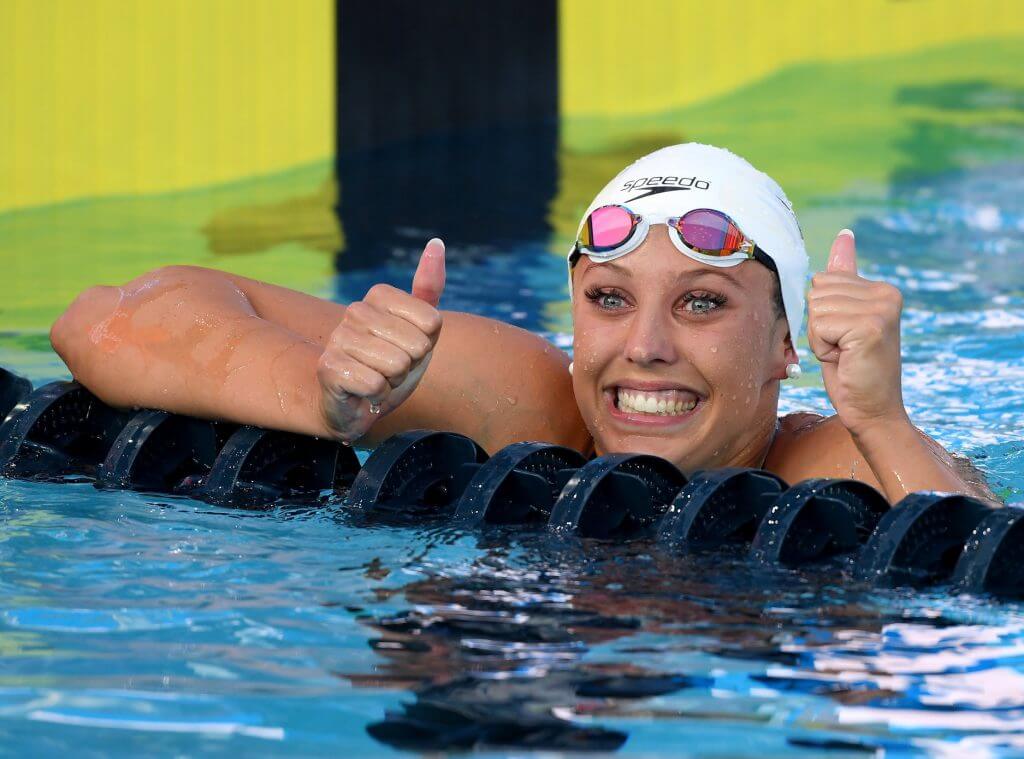Drills Drills Drills!
So why should we do drills in the pool?
They're designed to break down your strokes and skills into individual components which you can target and improve to create a better holistic result. Swimming drills also focus on improving key aspects your form in order to help you to be more streamlined as you move through the water
Tuesday night we did a lot of drills for the stroke. The swim stroke is THE POWER in your swim. Your legs are very inefficient at generating motive force AND over using them will result in leg cramps and fatigue on the bike and run. Some triathletes do not kick at all!
While I don't recommend not kicking, I do want everyone to have correct body position and good strong strokes by the end of the training program.
What are the elements of a good strong swim stroke?
Freestyle swimming is a balance of four major components: breathing, body position, kick, and arm strokes. Everything about the stroke and technique fits into one of these categories, and each category must be built strong to make your stroke efficient.
Read the four pillars of good Free Style here.
So when we do drills, we are trying to train your muscles to remember how to do the stroke correctly by breaking it into smaller pieces.
Superman: eyes just below the water, watch your hands enter the water. Try to correct any issues such as crossing over center with your arms, (widen your stroke to shoulder width) or flat hands that may be pushing instead of pulling you forward (enter water with the thumb first, then twist the hand to pull backward) and pulling back with high elbows (straight arms are weak).
Flick: At the end of the stroke, flick your hand to flip water back behind you. Lengthening the stroke so your pull goes all the way back to your thigh is a way to get the full capability of your pull. A short stroke leaves power potential unused.
Flea Flick: (or ear hopper) When you return your hand forward, touch your ear before entering the water. This forces the elbow high and the hand into correct position for entering the water efficiently. Flat arms create turbulence and drag, so getting your arm into a nice entry position, like a diver entering the water makes for less drag and puts the hand into optimum pull position.
Fist Swim: Make a fist and swim free style as normal using your forearm to pull forward. This forces you to think about how much to bend your elbow to get pull with your arm. The forearm normally provides pull if you have the correct stroke and increases your power and motive forces beyond what the hand can provide. Forcing you to swim without the hand makes you more aware of how much the forearm contributes to your pull.
Top Hat: Using a hand paddle on top of your head, swim without touching the paddel using the water pushing against it to keep it on your head. With a correct head position, you should be able to swim and breath without losing the paddle. This corrects your head position, which lifts your legs and improves your power.
Catch up: Leave your front arm in place until the stroking arm catches up to it. This forces you to glide with each stroke. If you are paying attention, it can help you detect if you are stroking by pushing down rather than back because your head will bounce out of the water as you stroke. One side may be better than the other.
1. unconscious incompetence (you don't know what you don't know)
2. conscious incompetence (you know what you don't know)
3. conscious competence (you know, and are aware of your learning)
4. unconscious competence (you know, but are no longer aware of your ability)
Think about how you learned to drive. You start off knowing very little about how to drive well. You are clumsy, worried and frustrated at times. As you learn you are now aware but still clumsy. Stage 3, you are becoming aware of how to drive well, but still aware of your mistakes. Stage 4, you drive without thinking much about it.
Now that you all understand what you don't know and have practiced it, you are entering stage 3 of becoming more competent. Practice is required to create muscle memory so that you can swim well without having to remind yourself how to do it well.



No comments:
Post a Comment